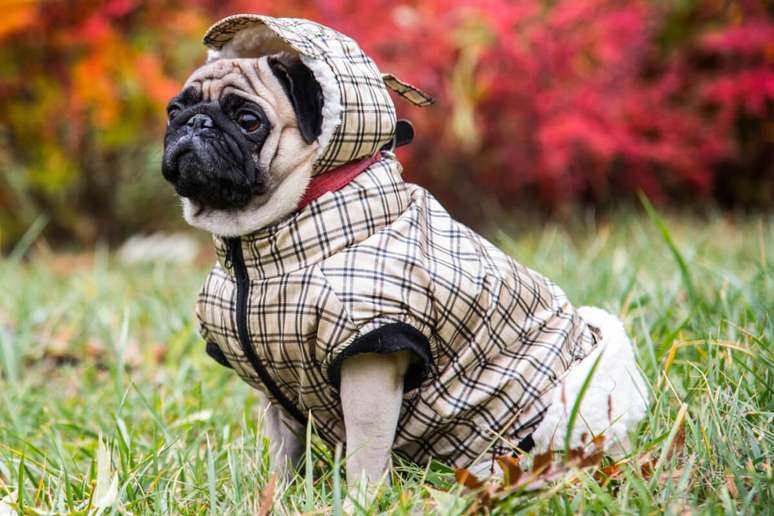Here’s how to get your pet’s measurements and make sure they’re comfortable in the pieces.
In winter, many owners need to buy clothes to protect their dogs from the cold, ensuring that they remain warm and comfortable. To do this, it is important to know the exact measurements of the animal, in order to choose the right size of the garment, ensuring comfort and freedom of movement, as well as avoiding that the outfit is too tight or too loose.
So, below, check out 6 tips for measuring your dog and buying clothes that fit!
1. Use a flexible tape measure
Use a flexible tape measure, such as those used for sewing, to get the most accurate measurements of your dog. This is because it allows you to contour the curves of the animal’s body more easily and accurately.
2. Measure your body length
To measure your dog’s body length, stand your dog on a flat surface and measure from the base of the neck (where the collar would normally be) to the base of the tail. This information is essential to determine the length of the garment and ensure it covers the body properly, without being too big or too small.
3. Measure your chest circumference
To measure your chest circumference, wrap the tape measure around your chest. larger from the dog’s chest, usually just behind the front legs. This is very important to ensure that the clothing is not tight and allows the animal to breathe and move comfortably.

4. Measure the circumference of the neck
Wrap the tape measure around the base of your dog’s neck, where the collar usually goes. This measurement helps ensure that the head collar is not too tight, avoiding inconvenience.
5. Consider the breed and size of your dog
In addition to having the above measurements on hand, it is important to consider your dog’s breed. This is because some dogs may have specific body proportions that will affect clothing sizes. For example, breeds with shorter legs or longer bodies may need specific adjustments.
6. Check the manufacturer’s size chart
After taking your dog’s measurements, consult the manufacturer’s size chart when choosing clothing. for the animal. Also, if your pet If you’re between sizes, it’s generally best to go with the larger size for comfort and mobility.
Source: Terra
Ben Stock is a lifestyle journalist and author at Gossipify. He writes about topics such as health, wellness, travel, food and home decor. He provides practical advice and inspiration to improve well-being, keeps readers up to date with latest lifestyle news and trends, known for his engaging writing style, in-depth analysis and unique perspectives.









